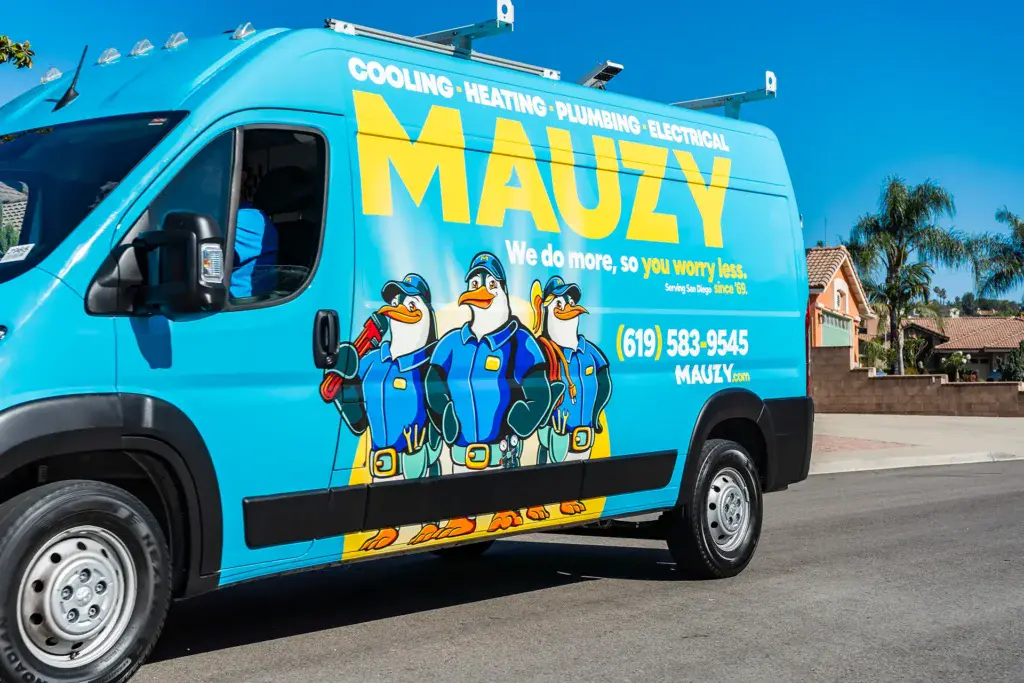Now that spring has arrived and summer is on its way, it is time to replace that old central air conditioning unit that has reached the end of its lifespan. However, before you choose your next air conditioner, you should learn about your central AC options to decide which air conditioning unit is best for your home and your family’s needs.
Read on to learn more about your new central air conditioner options and the unique advantages of each before you invest in your next residential air conditioner.
Packaged Unit or Split System
There are two main types of central air conditioners available today: packaged units and split systems.
Packaged Units
A packaged AC unit consists of one metal case that contains all necessary AC components. This unit is typically placed on a concrete slab outdoors in a location where it can directly connect to home ductwork and an indoor thermostat.
Packaged units are ideal for smaller homes that do not have the extra interior space needed for the indoor unit of a split system. Since a packaged unit AC system operates completely outdoors, people who have these units hear very little AC system noise inside their homes.
Split Systems
A split system is made up of one outdoor AC unit that contains the AC condenser and compressor and a separate indoor unit that contains the AC evaporator coil and air handler. The outdoor unit is connected to the indoor unit with a copper tube called a line set.
Split systems are typically better options for homes that have more interior space because they tend to be much more energy-efficient than packaged units.
AC Size
Another important option you have when selecting a new central air conditioner is the size of the unit or system.
Air conditioner sizes are measured in tons, which is a calculation of how much cooling power the AC has. Residential air conditioners are available in sizes that range from 1.5 tons to 5 tons.
An air conditioner that is too small would have to run constantly to keep your home cool, which could greatly reduce its lifespan and increase home energy bills. However, a unit that is too large may cycle on and off frequently, which can reduce the AC’s ability to remove humidity from the air and keep your home evenly cooled. This frequent cycling also increases energy consumption.
Your HVAC expert will carefully calculate the air conditioner size best for your home by taking many factors into account. These factors include not only the home’s total square footage but also the climate zone your home is located in, the average summer temperatures in your area, how well your home is insulated, and whether or not your home is shaded by trees or other shade structures.
Staging
Air conditioner units are available with one-stage, two-stage, and variable-speed compressors. One-stage compressors run at only one speed when your air conditioner cycles on, while a two-stage compressor runs at both high and low speeds. A variable-speed compressor, on the other hand, can operate at up to several hundred or more unique speeds.
One-stage compressors tend to stop and start much more often than other compressor types, which can increase home energy bills greatly. In addition, the temperature inside a home typically fluctuates much more when the AC is equipped with this compressor type.
Two-stage and variable-speed compressors cycle on and off much less often, so they help reduce AC energy consumption and keep the temperature of your home more consistent during the summer.
If your home’s central air conditioner has reached the end of its lifespan, then keep these three residential AC options in mind when deciding which new air conditioning unit is right for you. Contact the HVAC experts at Mauzy Heating, Air & Solar for new residential air conditioner installation today.
